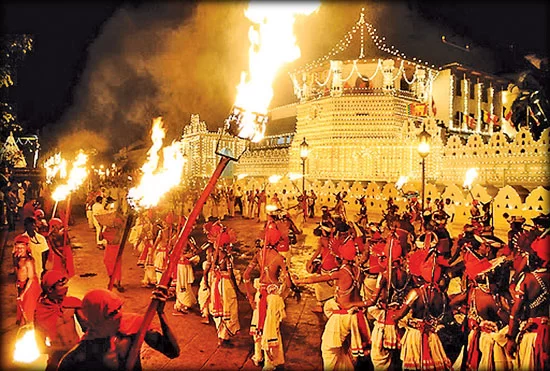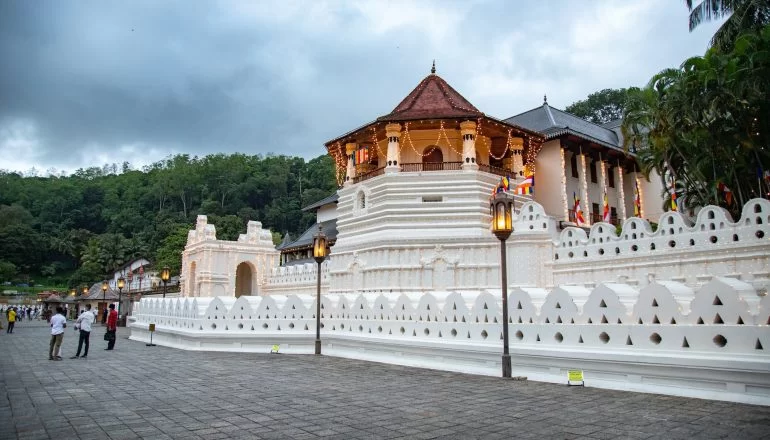Explore Tamil Heritage Sites in Sri Lanka: A Journey Through History and Culture
- Introduction to Tamil Heritage in Sri Lanka
- Top Tamil Heritage Sites in Sri Lanka
- Immersive Cultural Experiences
- Planning Your Tamil Heritage Tour
- Real Travel Stories and Insights
1. Introduction to Tamil Heritage in Sri Lanka
Sri Lanka is a country known for its rich cultural diversity, and Tamil heritage is an integral part of this vibrant tapestry. Tamil culture, which has flourished in Sri Lanka for over a thousand years, is deeply rooted in the northern and eastern parts of the island. The Tamil people have contributed significantly to the nation’s history, arts, and religious traditions.
One of the best ways to explore this rich heritage is by visiting the Tamil heritage sites scattered across Sri Lanka. From ancient temples to historical landmarks, these sites offer a fascinating glimpse into the culture, religion, and history of the Tamil people. Whether you are a history enthusiast, a cultural explorer, or simply a traveler looking to immerse yourself in the local traditions, Tamil heritage sites in Sri Lanka provide a truly unique experience.
2. Top Tamil Heritage Sites in Sri Lanka
Sri Lanka is home to a number of remarkable Tamil heritage sites, each offering a window into the island’s Tamil past. Here are some must-visit sites:
- Nallur Kandaswamy Kovil - Located in Jaffna, this ancient Hindu temple is a shining example of Tamil religious architecture. It is dedicated to Lord Murugan and is renowned for its magnificent gopuram (gateway tower) and intricate carvings. The temple is a focal point for religious and cultural activities, especially during the Chithirai Festival, a major celebration that draws thousands of devotees.
- Jaffna Fort - This historical fort, originally built by the Portuguese in the 17th century and later expanded by the Dutch, offers a fascinating glimpse into Sri Lanka's colonial past. The fort’s strategic location provides stunning views of the surrounding area and serves as a symbol of the Tamil people’s resilience through centuries of conflict.
- Kovils in Batticaloa - The coastal town of Batticaloa is home to several Tamil kovils (temples), such as the Pathirakali Amman Kovil, where you can witness centuries-old rituals, festivals, and the vibrant Tamil spiritual life.
3. Immersive Cultural Experiences
When you visit Tamil heritage sites, the experience goes beyond just sightseeing—it’s about immersing yourself in the local culture. Many temples and historical sites are active centers of worship, and visitors have the opportunity to witness Tamil religious practices first-hand. For example, you might find yourself participating in a traditional pooja (prayer ceremony) at the Nallur Kandaswamy Kovil, where the vibrant atmosphere and spiritual devotion leave a lasting impression.
Additionally, Tamil cuisine offers an authentic cultural experience. In Jaffna, for example, you can indulge in delicious dishes like Jaffna Crab Curry, Dosai, and Idiyappam (string hoppers), which are staples of Tamil cuisine. Eating at a local restaurant or market can give you an even deeper connection to the culture and traditions of the Tamil people.
4. Planning Your Tamil Heritage Tour
Planning a trip to explore Tamil heritage sites in Sri Lanka is an exciting adventure, but it’s essential to plan ahead to make the most of your visit. Here are a few tips to help you get started:
- Best Time to Visit: The best time to visit is from December to March, as this is when the weather is ideal for sightseeing and festivals are in full swing.
- Transportation: Traveling around Sri Lanka’s Tamil heritage sites is easiest by car or tuk-tuk. Hiring a local guide or driver is a great way to enhance your experience and gain deeper insights into the history and culture of each site.
- Respect Local Customs: When visiting temples and kovils, dress modestly and be respectful of the local customs and religious practices. It’s customary to remove your shoes before entering temple premises, and women may be asked to cover their shoulders.
5. Real Travel Stories and Insights
During my visit to Jaffna, I had the privilege of experiencing the vibrant Tamil culture firsthand. Walking through the streets of Jaffna, I felt the pulse of the community as people went about their daily routines, many of them heading to the Nallur Kandaswamy Kovil for their evening prayers. The sound of traditional Tamil music filled the air, and the colors of the temple’s decorations added to the mesmerizing experience.
One unforgettable moment was attending the Thai Pongal festival, where I was invited to join a local family for a traditional meal. The warmth and hospitality I received were overwhelming, and the sense of community was palpable. It was a beautiful reminder of how deeply connected the Tamil people are to their heritage and traditions.
If you want to learn more or plan your Tamil heritage tour in Sri Lanka, visit Tamil Travel Lanka for expert advice and personalized travel experiences. Their guided tours offer in-depth insights into the culture, history, and best sites to visit.






